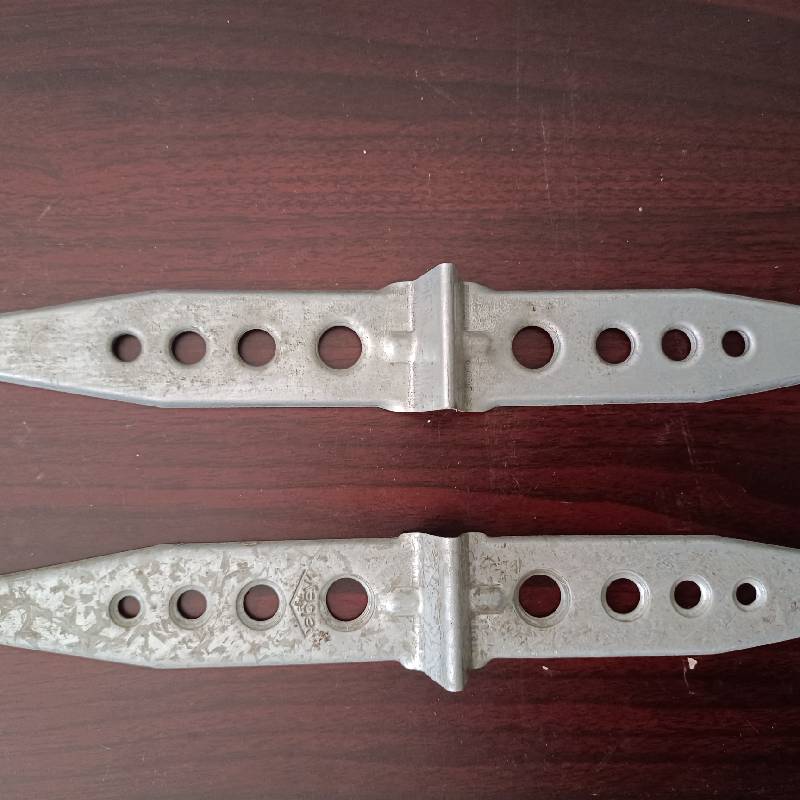
- Mobile Phone
- +8613931874955
- sales@cntcmetal.com
How to Set Up a Tomato Cage for Your Garden
Installing a Tomato Cage A Step-by-Step Guide
For any gardener looking to cultivate thriving tomatoes, installing a tomato cage is an essential step. Tomato plants can grow quite tall and bushy, making support critical for healthy development. A sturdy tomato cage helps to keep the plants upright, promoting better air circulation and preventing disease while making harvesting easier. This article will walk you through the process of installing a tomato cage effectively.
Choosing the Right Cage
Before you start, it’s important to choose the right type of tomato cage. There are many varieties available in garden centers, from circular wire cages to square wooden frames. When selecting a cage, consider the growth habits of your tomato variety. Determinate varieties tend to grow to a certain height and then stop, while indeterminate varieties will continue to grow throughout the season. For indeterminate types, taller cages are necessary to support their vigorous growth.
Preparing the Planting Area
Before installing the cage, ensure that your tomato plants are well-prepared. This means choosing a sunny spot in your garden, as tomatoes thrive in full sunlight. Prepare the soil by tilling it and adding compost or fertilizer to ensure your plants have the nutrients they need. Plant your tomatoes deep in the ground, burying a portion of the stem, as this promotes strong root development.
After planting, water the soil thoroughly to help settle it around the roots. Wait until the plants are at least a foot tall before installing the cages to avoid damaging them.
Installing the Cage
installing a tomato cage

1. Positioning the Cage Once your tomato plant is established, it’s time to install the cage. Gently place the cage around the tomato plant, ensuring it is centered. The bottom of the cage should be positioned several inches above the ground to allow for airflow and to prevent moisture accumulation which can lead to disease.
2. Securing the Cage If using a wire cage, push the bottom legs of the cage securely into the soil. This may require some force, especially in harder soil. If you are using a wooden or metal stake cage, make sure it is anchored well enough to withstand the weight of the plant as it grows.
3. Training the Plant As your tomato plant grows, it will need to be gently trained to stay within the confines of the cage. Use garden twine or soft cloth to tie the main stem of the plant to the cage as it grows. Be careful not to tie too tightly, as this can constrict the plant's growth.
Maintenance and Care
Once the cage is in place, regular maintenance is essential for ensuring the health of your tomatoes. Continue watering appropriately, aiming for deep, consistent moisture, particularly during dry spells. As the plants grow, check the cage for stability and make adjustments as necessary to prevent it from tipping over under the weight of the fruit.
Regularly inspect your tomato plants for signs of pests or disease, and use organic methods to address any issues that arise. Maintaining good airflow around the plant by pruning excess leaves is also important to prevent fungal diseases.
Conclusion
Installing a tomato cage is a straightforward process that can significantly enhance your tomato growing experience. By providing support and a structured environment for growth, you can ensure that your plants produce healthy fruit and remain disease-free. By following these steps and providing ongoing care, you’ll be well on your way to a fruitful tomato harvest. Whether you're a seasoned gardener or just starting, the satisfaction of growing your own tomatoes will make your gardening efforts worthwhile!
share:
-
Your Source for Concrete Wall Ties and Masonry AccessoriesNewsJul.10,2025
-
Unlocking the Power of Iron Wire for Every ProjectNewsJul.10,2025
-
Explore Advanced Chain Wire and Stainless Steel Mesh FencingNewsJul.10,2025
-
Discover the Benefits of Annealed Wire ProductsNewsJul.10,2025
-
Discover China Stainless Steel Wire Mesh SolutionsNewsJul.10,2025
-
Build with Confidence Using High-Performance Masonry AccessoriesNewsJul.10,2025
-
Why Sacrificial Formwork Is Redefining Underground ConstructionNewsJun.06,2025



















